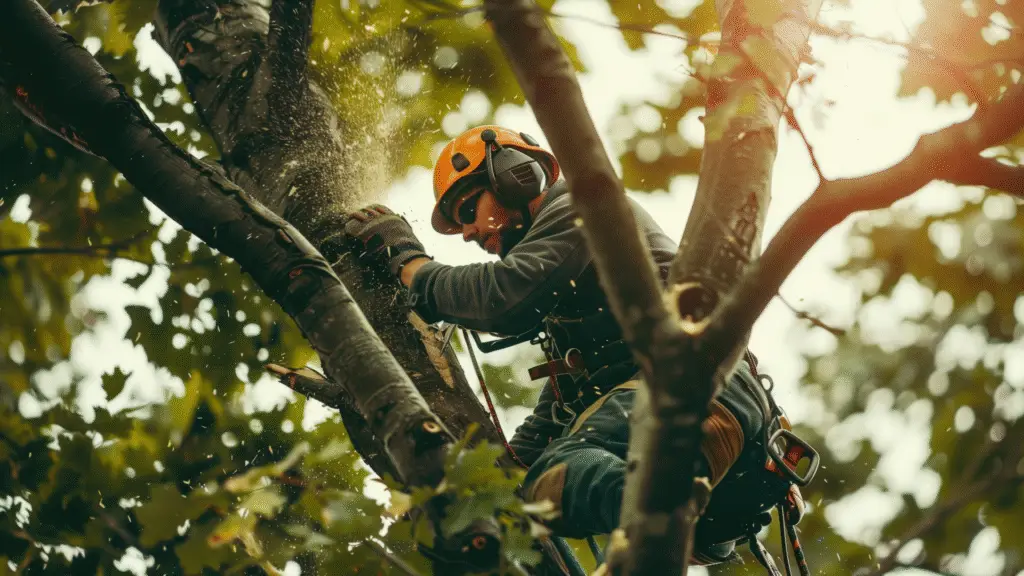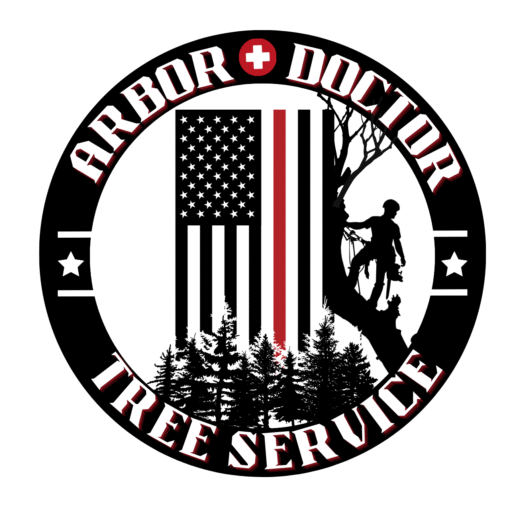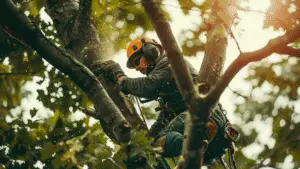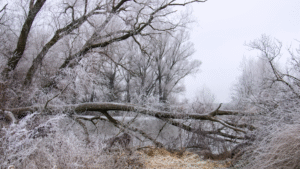When to Prune Trees in Colorado? Mastering the Art of Tree Pruning in Our Climate
Colorado’s unique climate, with its dry air, variable temperatures, and intense sun, means that effective tree care is absolutely essential for a thriving landscape. Among the most vital practices is tree pruning. But unlike some regions where pruning might be a one-size-fits-all activity, knowing when to prune trees in Colorado is just as important as knowing how.
At Arbor Doctor Tree Service, we’re committed to the long-term health and beauty of your trees. Our certified arborists understand the nuances of when to prune trees in Colorado and can help you develop a tailored plan for your specific trees and property.
The Ideal Window: Late Winter to Early Spring
For the vast majority of deciduous trees (those that lose their leaves in winter), the period from late winter to early spring is generally considered the optimal time for pruning. Here’s why this is often the answer to when to prune trees in Colorado:
- Dormancy: During these months, trees are dormant, meaning their growth processes have slowed significantly. This reduces stress on the tree when cuts are made. This allows them to heal more efficiently as they exit dormancy and begin active growth.
- Visibility: Without leaves, it’s much easier for arborists to assess the tree’s entire structure, identify dead, diseased, or crossing branches, and make precise cuts to improve overall health and form.
- Pest and Disease Prevention: Many tree diseases and pests are less active during the colder months. Pruning during dormancy minimizes the risk of attracting insects or spreading pathogens that might be more prevalent in warmer seasons. This is especially critical for species like Oak and Elm, where winter pruning can help prevent the spread of serious diseases like Oak Wilt and Dutch Elm Disease.
- Promotes Vigorous Spring Growth: Pruning before the spring growth spurt directs the tree’s energy towards developing strong, healthy new growth in desired areas.
When Other Seasons Call for Pruning
While late winter to early spring is ideal for most major pruning, there are specific situations where pruning is appropriate in other seasons, helping us answer the broader question of when to prune trees in Colorado:
- Summer Pruning (Selective Only): Summer is generally not the time for heavy pruning, as it can stress the tree when it’s actively photosynthesizing. However, light summer pruning can be beneficial for:
- Addressing immediate hazards: Removing storm-damaged, dead, or broken branches.
- Controlling growth: Lightly trimming back fast-growing branches to maintain shape or clear obstructions.
- Thinning: For some young trees, selective thinning can help develop a strong, balanced structure.
- Flowering trees: Trees that bloom in spring (like lilacs or crabapples) should be pruned after they finish flowering in late spring/early summer to preserve their bloom cycle.
- Fall Pruning (Generally Avoided): Late fall is typically the least recommended time for significant pruning. Cuts made too close to winter may not have enough time to heal before freezing temperatures arrive, leaving the tree vulnerable to cold damage, pests, and diseases. The only exception is removing dangerous branches that pose an immediate risk.
- Emergency Pruning (Year-Round): Safety always comes first. If a tree branch is broken, diseased, or poses a hazard to people or property, it should be removed immediately, regardless of the season. Storm-damaged trees often require urgent attention.
Specific Considerations for Colorado Trees
Our local climate also brings specific needs, influencing when to prune trees in Colorado:
- Snow and Wind Resistance: Pruning for structural integrity is crucial to help trees withstand heavy snow loads and strong winds common in Colorado.
- Native Species: Certain native trees like Aspens and Pines have unique pruning requirements. Understanding these specifics ensures their health and longevity.
- Evergreens: Unlike deciduous trees, evergreens don’t fully go dormant. While light maintenance can occur year-round, heavy pruning is often best in late winter to early spring. Avoid removing excessive green growth, as evergreens don’t regenerate foliage in the same way as deciduous trees.
The Importance of a Certified Arborist
Knowing when to prune is only half the battle; knowing how to prune correctly is equally vital. Improper pruning can severely damage a tree, weakening its structure, inviting pests and diseases, and significantly shortening its lifespan.
At Arbor Doctor Tree Service, our ISA-certified arborists are trained in the science and art of tree pruning. We understand tree biology, local climate factors, and best industry practices. We can assess your trees, recommend the optimal pruning schedule based on when to prune trees in Colorado, and execute precise cuts that promote health, safety, and beauty.
Don’t leave the health of your valuable trees to chance. Contact Arbor Doctor Tree Service today to schedule a professional consultation and ensure your trees receive the best possible care!




